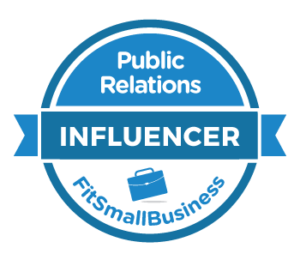She Was Sick
Like a slowly developing Polaroid photo, a portrait began to emerge that described the woman, and the  events leading up the tragic accident.
events leading up the tragic accident.
I had been at the Palisades Mall with my family on a Sunday afternoon. We had taken two cars, and I was on my way back to our home in Croton when I encountered heavy traffic on the Saw Mill Parkway approaching the exit to the Taconic. As I came up to the exit, I saw that it was closed – no cars were being allowed to get onto the parkway from the Saw Mill. Something was seriously wrong on the Taconic. I shot off a text message to my wife about the situation and suggested that she and the kids find an alternate route home.
I turned on the radio and quickly learned that there had been a terrible accident, with eight lives lost. A woman driving a minivan filled with kids (her own and nieces/nephews) had driven the wrong way on the highway and had crashed into an SUV.
At this point, very little was known about the accident. They had confirmed that eight lives were lost, but I hadn’t heard whether there were any survivors.
In the hours and days afterwards, facts came out about the events leading up to the crash. They provided clues that at times filled in some of the blanks of our understanding while also adding to the mystery.
The first clue was the woman’s call to her brother from her car. She seemed disoriented, and to not know where she was.
Clearly the woman had suffered a stroke.
The Woman was Distressed and Possibly Suicidal
As more facts came to light the portrait became clearer and then receded. Like an
object held under water, the woman’s shape shifted as waves washed over her.
We listened to news reports. We compared notes over meals.
One puzzling bit of information was that the woman drove on the Taconic in the wrong direction for close to two miles, successfully negotiating curves in the highway and staying in her lane while cars sped by in the opposite direction and flashed their lights.
How could she have missed the signs that said Wrong Way before getting on highway? And, assuming she was suffering from a stroke and was disoriented to the extent that she missed the signs, how could she drive at a steady speed and stay in her lane for close to two miles before crashing into the SUV?
Days later, I chatted about this with some friends following a grueling game of doubles tennis.
One friend mentioned that the woman’s cell phone had been found on the Tappan Zee bridge. We speculated that she may have been suicidal, and possibly contemplated jumping before losing her cell phone and getting back in the car to complete the fateful journey.
The Woman was a Monster
Finally, toxicology reports came out and the reality became clear. The woman had been blitzed out of her mind, with a blood alcohol level that was double the legal limit and evidence that she had smoked pot within 15 minutes of the crash. There were six undigested shots of alcohol in her stomach and it was revealed that an empty 1.5 liter bottle of vodka had been found in her car.
The woman was a monster.
In retrospect, it seems clear that this possibility should have been considered, that the woman had been intoxicated. It explained a number of confusing facts. She was so stoned, that she did not know where she was going or what she was doing. Yet she used what limited faculties she had to stay in her lane for two miles before the crash.
Her brother must have been alarmed enough to jump in his car and drive all the way from Long Island to try to find her – not because he thought she was confused. It seems clear to me that he must have known she was hammered and her passengers were in mortal danger.
But none of us discussed this possibility and I did not hear it mentioned in news reports. It just did not fit in with the narrative – a suburban mom, driving a carload of kids back from a weekend camping trip in the country in a minivan, the symbol of placid domestic and suburban life.
It just did not compute. What in retrospect seems so obvious did not even enter into our imaginations.
There are many lessons to learn here. I hope I do not appear to be too clinical or callous when I note as a professional communicator that the episode teaches us a lesson about the power of narrative to shape our understanding and reality.


